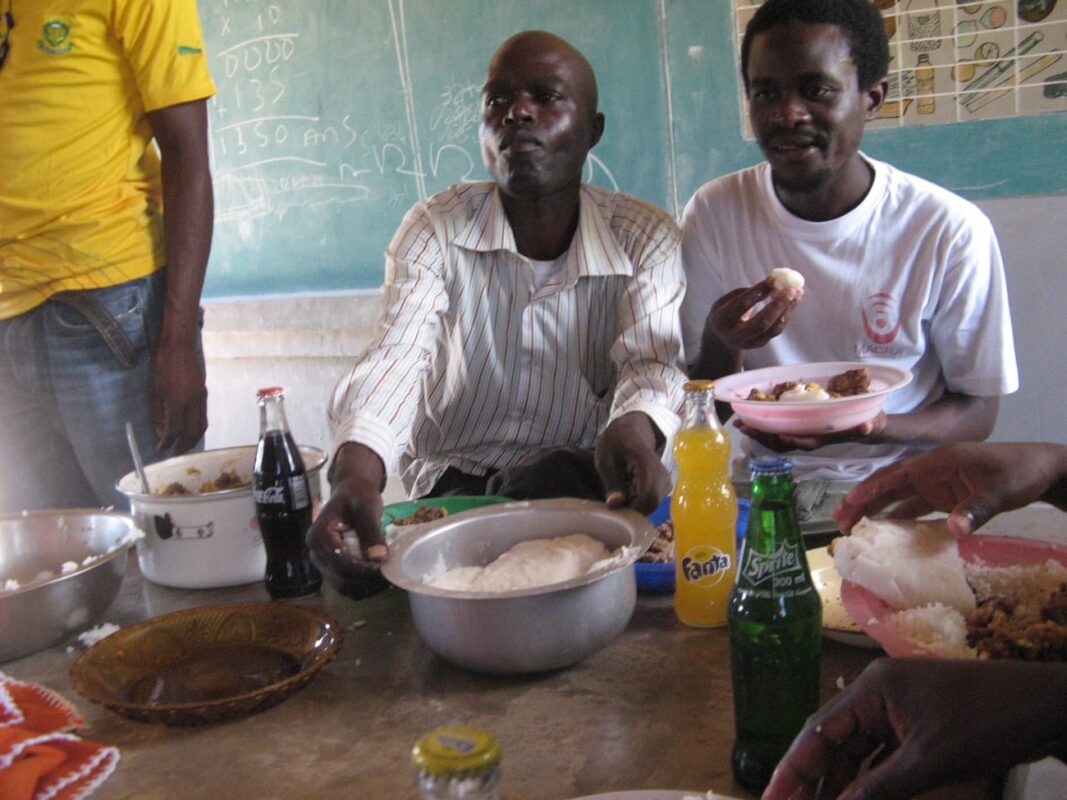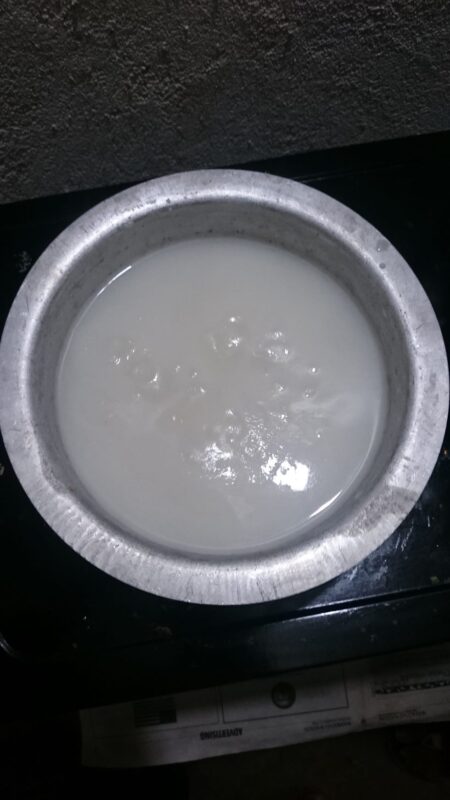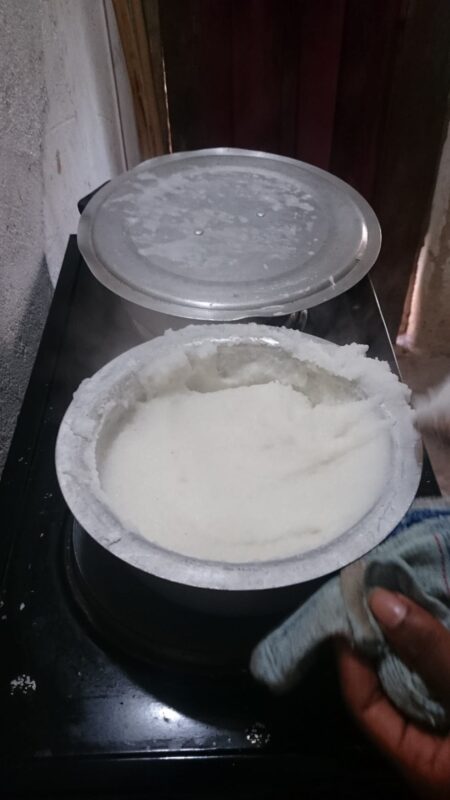Malawi, known as the ‘home heart of Africa’, has different local dishes that its people enjoy. Despite external influences on many people’s living styles, Malawian cuisine is largely still free from external influence.
One of the dishes cherished by many Malawians, happens to be the country’s staple food, Nsima. It is a thick starchy porridge made from maize, cassava and sorghum flour. While Nsima can be made from maize, cassava and sorghum flour, Nsima made from maize is the one common in Malawi.
According to some sources, maize was introduced to Africa by the Americans between the 16th and 17th centuries. Prior to this, sorghum and millet were the principal grains used in most of the Sub-Saharan Africa. Maize was readily accepted by African farmers, as its cultivation was very similar to that of sorghum, but with significantly higher yields. Eventually, maize displaced sorghum as the primary grain in all but the drier regions.
Nsima is still sometimes made from sorghum flour, though it is quite uncommon to find this. Cassava, which was also introduced from the Americas, can be used to make Nsima, either exclusively or mixed with maize flour. In Malawi, Nsima made from cassava flour is localized to the lake shore areas; but when maize harvests are poor, cassava Nsima can be found all over the country.
Two common types of flours, both made from maize, are used, and they include Ufa woyera, maize flour which has the outer kernel shell seed germ pounded off leaving just the starchy part, and secondly, Ufa wa m’gaiwa which has the whole kernel.
Nsima is never eaten on its own. It is served with a vegetable, bean, fish or meat dish, just as people in the West serve mashed potatoes, grits or polenta. But rather than being the side, Nsima is seen as the main dish with the other items being the accompaniments. This accompaniment is called the dende or ndiwo, roughly translated, ‘relish’. Relish make Nsima sound delicious and the kind of relish you are having will determine how delicious the meal is.
The dish generally has one relish. The urban rich may have two or three, but the rural people see that as wasteful.
Nsima is relatively cheap and affordable for most of the population, although occasionally prices have risen due to shortages contributing to economic and political instability.
How is Nsima prepared?
Nsima is cooked, ground white maize flour that is used as the staple for the majority of Malawian meals.
The maize can either be ground by the family who take the dry maize kernels and then pound them with a huge pestle and mortar (most likely made of wood) or the maize can be bought from a shop where a more industrial process has mass produced the flour.
For one to prepare Nsima, flour and water are the ingredients.
Cooking tips
Heat the water until lukewarm. Sprinkle the flour into the water while stirring continuously. When all the flour is in, keep on stirring until the mixture begins to boil and thicken. Cover pot and allow simmering. How long you leave it to simmer depends on the type of flour you are using. For Ufa woyera the minutes are fewer compared to m’gaiwa.
After simmering to the desired consistency, add the rest of the flour while mixing vigorously with a wooden spoon. If you want it thicker, you can add more flour but if you want it softer, you don’t have to put it all in it. Once the Nsima has formed a firm paste, allow it to steam with a lid for few minutes on a very low heat.
Finally, get a bowl of water, and use a saucer or big spoon to take the mixture out of the pan and form it into thick pancakes which you can either dish onto plates or a serving dish for people to help themselves. Remember to dip the spoon or saucer in the water between each Nsima cake to ensure they don’t stick.
Eating habits and etiquette
Traditionally, diners sit around a table or on the floor surrounding the meal. The diners have to wash their hands, as Nsima is eaten with bare hands. Hand washing is done with a bowl of water. Alternatively, the host or one of the young people present pours water from a jug over the hands of the elders or guests into a bowl. As with many African traditions, age is very important. Washing before eating and after the meal generally starts with the oldest person followed by everyone else in turn by age.
Eating is done by taking a small lump into one's right palm, rolling it into a ball dipping it into the relish. An indentation in the ball can be made to help scoop the relish or soup.



